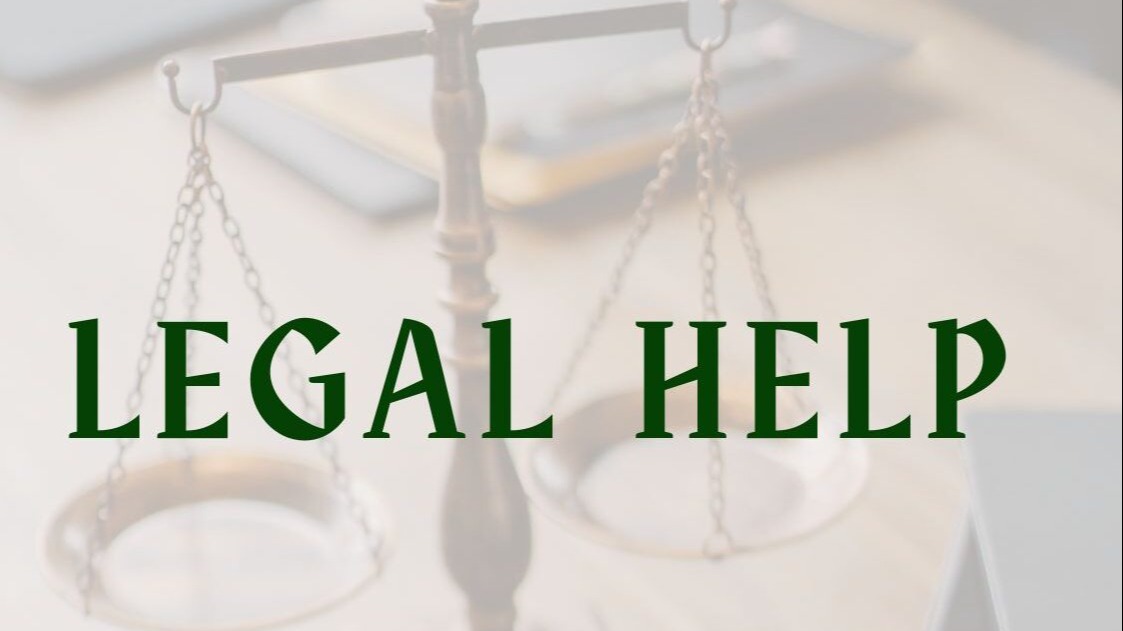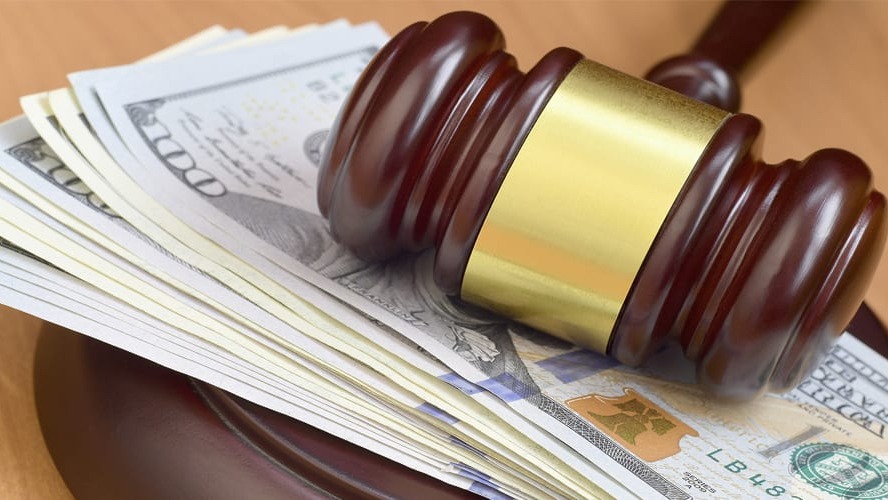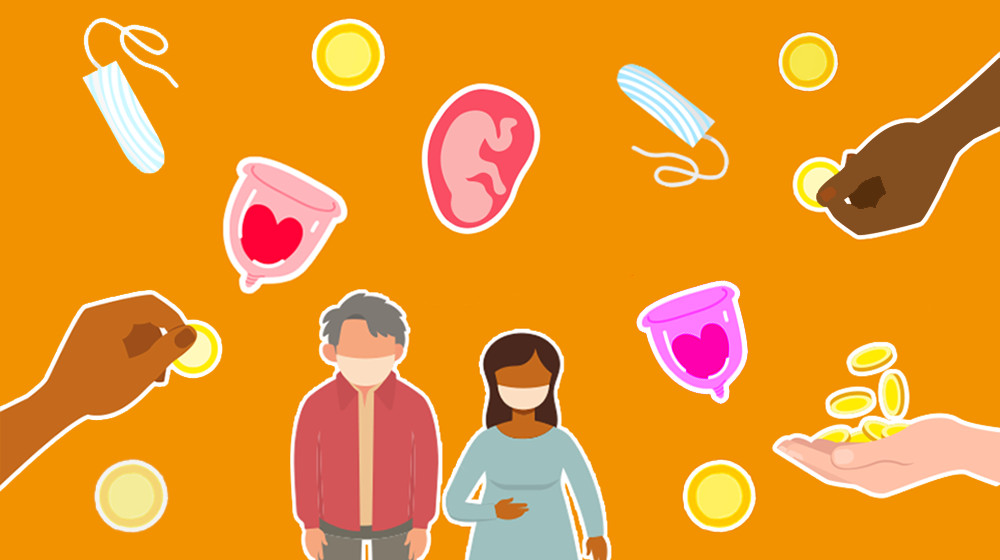A Practical Guide to Legal Help
Legal issues can arise at any point in life—whether it’s a dispute with a landlord, a workplace conflict, an immigration concern, or a family matter. Many people hesitate to seek help because they assume legal services are expensive or complicated. The good news is that in both the United States and Canada, there are many free or low-cost legal aid resources available to the public. This guide provides a clear overview of legal aid, how to understand your rights, and where to find free help locally.
What Is Legal Aid?
Legal aid refers to free or low-cost legal services for people who cannot afford a private lawyer. These services are often funded by governments, non-profit organizations, or bar associations.
Common forms of legal aid include:
- Free legal advice (by phone, online, or in person)
- Help filling out or reviewing legal documents
- Representation in court for certain cases
- Mediation or settlement assistance
Who qualifies?
- Low-income individuals and families
- Victims of domestic violence or abuse
- Immigrants, refugees, and newcomers
- Seniors or people with disabilities
- People facing urgent matters such as eviction, debt collection, or criminal charges
How to Understand Your Legal Rights
1. Use official and non-profit websites
- LawHelp.org offers state-specific information and resources. The American Bar Association also provides free answers through ABA Free Legal Answers.
- Each province operates its own Legal Aid website, such as Legal Aid Ontario or Legal Aid BC. Community Legal Education Ontario (CLEO) offers plain-language resources in multiple languages.
- LegalInfoHub — a helpful platform that connects you with nearby legal organizations, non-profits, and service providers in your area.
2. Check court and government resources
- Many local courts operate Self-Help Centers where you can find free forms, guides, and sometimes volunteer lawyers.
3. Know your rights in common areas
- Housing: Tenants have rights against illegal evictions.
- Employment: Workers are protected by minimum wage laws and anti-discrimination policies.
- Family law: Parents have rights concerning custody, visitation, and support.
- -mmigration: Refugees and applicants are entitled to interpreters and legal guidance during the process.
Where to Find Free Legal Aid
In the United States
1. National platforms
- LawHelp.org: Connects you to legal aid programs by state.
- ABA Free Legal Answers: Online legal Q&A platform run by the American Bar Association.
- LegalInfoHub: Allows you to search for nearby legal aid organizations, clinics, and community services.
2. Local Legal Aid Offices
- Many cities have a Legal Aid Society or organizations funded by the Legal Services Corporation (LSC).
3. Universities and community groups
- Law school clinics provide free services under the supervision of professors.
- Community centers, immigrant support groups, and women’s shelters often partner with volunteer lawyers.
In Canada
1. Provincial Legal Aid Services
- Ontario: Legal Aid Ontario
- British Columbia: Legal Aid BC
- Quebec: Commission des services juridiques
2. Community Legal Clinics
- Offer free advice on housing, immigration, employment, and social benefits.
3. Educational resources
- Non-profit organizations publish multilingual legal guides, host workshops, and provide phone hotlines.
Steps to Take When Seeking Legal Help
1. Check eligibility
Most legal aid programs require proof of income, such as tax returns or benefit statements.
2. Gather documents
Bring contracts, leases, bills, police reports, or court papers related to your issue.
3. List your questions
Write down your concerns ahead of time to make the most of your consultation.
4. Be clear and honest
Provide accurate details so that lawyers or volunteers can give you the best possible advice.
Key Takeaway
Legal aid exists to ensure that justice is available to everyone—not only those who can afford it. Whether you are in the U.S. or Canada, you can access reliable support through legal aid offices, community clinics, and government resources.
👉 First step:
In the U.S., start with LawHelp.org or LegalInfoHub.
In Canada, visit your province’s Legal Aid website.
By taking these steps, you can better understand your rights and get the support you need when facing legal challenges.





